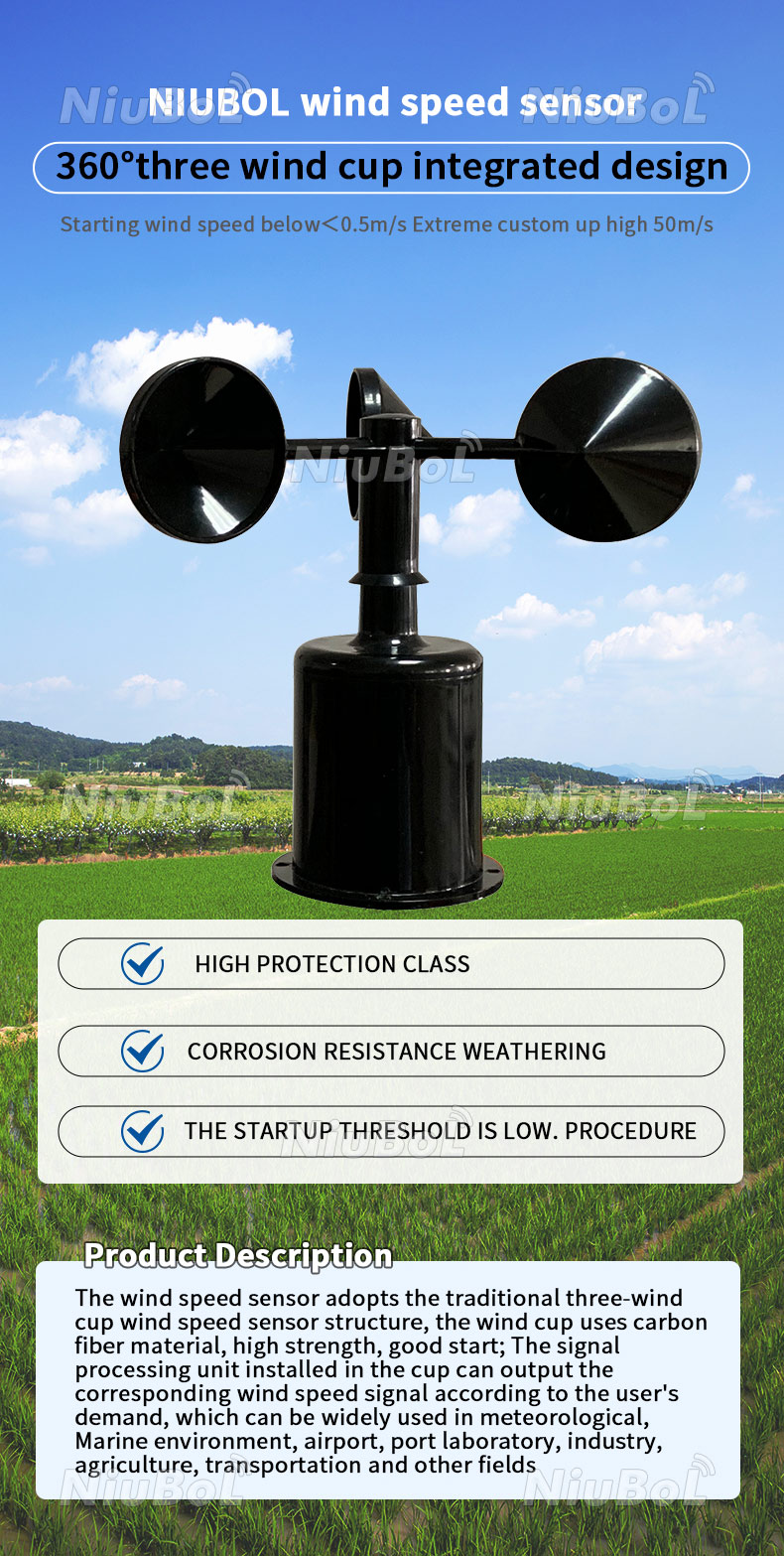Comparing Digital and Mechanical Anemometers: Which is Right for You?
Comparing Digital and Mechanical Anemometers: Which is Right for You?
Blog Article
Discovering the Features and Advantages of Anemometers for Climate Fanatics and Specialists
From cup anemometers to sonic anemometers, each type brings its one-of-a-kind collection of applications and benefits, dropping light on various facets of climatic conditions. As we delve right into the functions and benefits of anemometers, a much deeper understanding arises not only of prevailing climate phenomena but additionally of the more comprehensive effects for markets like wind power manufacturing and environmental research.
Significance of Anemometers in Weather Tracking
Anemometers play an important duty in climate monitoring by offering precise dimensions of wind rate, assisting in projecting and understanding weather patterns. These instruments, ranging from standard mug anemometers to modern-day ultrasonic anemometers, are essential for meteorologists, researchers, and weather condition lovers alike.

Sorts Of Anemometers and Their Applications
The most usual types of anemometers consist of mug anemometers, vane anemometers, hot-wire anemometers, and ultrasonic anemometers. Cup anemometers are composed of three or four mugs placed on horizontal arms that revolve with the wind, determining its rate. Vane anemometers, on the other hand, make use of an easily revolving vane to line up with the wind instructions, supplying both wind rate and direction dimensions.
Each kind of anemometer has its unique advantages and applications. Cup anemometers are durable and ideal for general weather monitoring, while vane anemometers are preferred for directional dimensions. Hot-wire anemometers are delicate to low air rates, making them suitable for interior atmospheres. Ultrasonic anemometers are non-intrusive and supply high precision, usually used in research and specialized weather condition surveillance applications. Comprehending the features and applications of each kind of anemometer is vital for picking the most proper tool for specific weather checking needs.
Benefits of Making Use Of Anemometers in Projecting
In meteorology, the usage of anemometers provides vital benefits for boosting the precision of weather condition projecting. Anemometers gauge wind speed and direction, offering essential data for predicting weather condition patterns. By incorporating wind data into forecasting versions, meteorologists can much better recognize the activity of weather condition systems, expect modifications in atmospheric conditions, and issue more specific projections.
Additionally, anemometers play a crucial function in evaluating prospective weather hazards. Monitoring wind rates assists forecasters predict extreme click for source climate occasions such as cyclones, twisters, and winter season storms with better precision. This early caution system allows authorities company website to provide prompt informs and execute essential security measures, minimizing the risks to life and residential property.
Furthermore, anemometers aid in enhancing eco-friendly energy manufacturing. By evaluating wind patterns, meteorologists can recognize suitable places for wind farms and anticipate energy result, adding to the reliable generation of wind power.

Anemometers in Wind Energy Production
Provided the crucial function anemometers play in providing precise wind information for climate projecting and hazard evaluation, their relevance reaches the world of wind energy production. Anemometers are vital tools in the area of wind power, where the dimension of wind rate and instructions is crucial for identifying the expediency and effectiveness of wind generator installments. By properly gauging wind rates at differing elevations, anemometers aid maximize the positioning and layout of wind generators to take full advantage of energy outcome.
In wind farms, anemometers are tactically placed to collect real-time wind data that is used to assess the potential energy manufacturing of a website. This information contributes in determining the financial stability of wind power jobs and in projecting energy generation to guarantee grid stability. Additionally, anemometers help in monitoring wind problems to maximize wind turbine performance, avoid damage from high winds, and make certain the safety and security of workers working in the vicinity of wind generators.
Enhancing Climate Comprehending With Anemometers

Anemometers play a crucial duty in boosting our understanding of microclimates. These local climate condition can differ significantly from more comprehensive local projections, making it necessary to have exact information for certain areas. anemometer. By strategically placing anemometers in numerous areas, scientists can gather in-depth info on exactly how wind acts in various terrains, urban environments, or bodies of water
Moreover, anemometers add to improving climate projecting versions by giving real-time information on wind habits. This details is specifically useful for forecasting severe weather condition occasions, optimizing farming techniques, and sustaining markets like air travel and maritime navigation. In general, anemometers are vital instruments that enable us to visit site delve much deeper right into the intricacies of climate systems, inevitably leading to even more better-informed choices and accurate forecasts.
Final Thought
In final thought, anemometers play a critical role in weather monitoring and projecting by measuring wind rate and instructions. Anemometers also have applications in wind energy manufacturing, additional highlighting their relevance in both weather forecasting and sustainable power sectors.
From cup anemometers to sonic anemometers, each kind brings its special collection of applications and benefits, dropping light on various elements of atmospheric problems. These tools, ranging from traditional mug anemometers to modern ultrasonic anemometers, are essential for meteorologists, scientists, and weather fanatics alike. The most usual types of anemometers consist of mug anemometers, vane anemometers, hot-wire anemometers, and ultrasonic anemometers. Cup anemometers are durable and appropriate for general weather condition monitoring, while vane anemometers are preferred for directional dimensions. Anemometers are important tools in the area of wind energy, where the measurement of wind speed and direction is important for figuring out the expediency and performance of wind generator setups.
Report this page